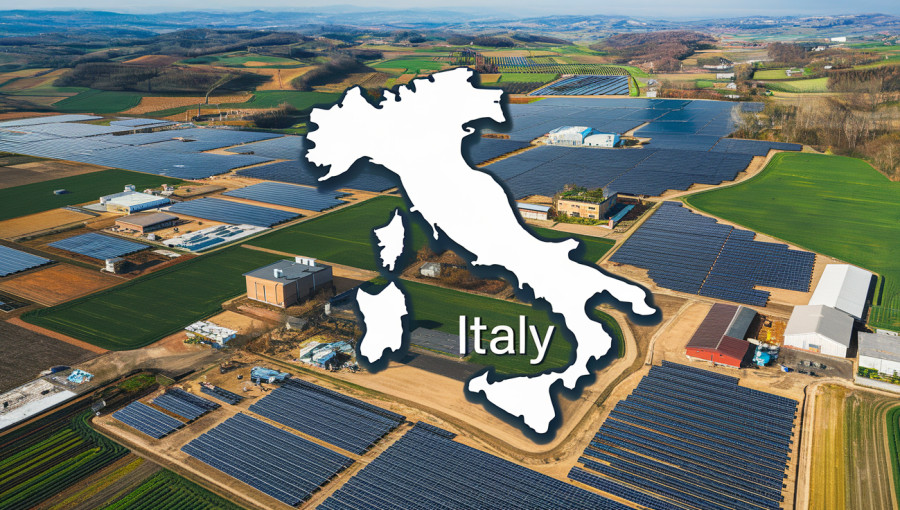Italy Surpasses 2 Million Photovoltaic Systems and 40 GW of Installed Capacity
According to data processed by Italia Solare based on Terna’s Gaudì database, Italy has achieved a significant milestone by exceeding 2 million photovoltaic (PV) systems connected to the national grid, reaching a total installed capacity of 40 GW as of July 30, 2025. In the first seven months of 2025, 132,276 new PV systems were connected, contributing 3,354 MW of additional capacity. This growth underscores the increasing role of solar energy as a cornerstone of Italy’s energy system, driven by widespread adoption across residential, commercial, industrial, and utility-scale sectors.
The press release highlights a structural shift in Italy’s energy landscape, with solar power becoming integral to the national energy mix. The surge in installations reflects growing awareness of the benefits of self-consumption and the need to integrate solar energy to reduce electricity costs. Paolo Rocco Viscontini, President of Italia Solare, emphasized that this milestone represents millions of households, businesses, and public entities choosing a clean, reliable, and independent energy source. He stressed the importance of accelerating mechanisms to support self-consumption and energy storage while addressing bureaucratic and legislative delays to further advance Italy’s clean energy transition.
Key data points include:
– Total Systems and Capacity: As of July 30, 2025, Italy has 2,011,056 PV systems with a cumulative installed capacity of 40,430 MW.
– Growth in 2025: The 132,276 new systems added in 2025 account for 3,354 MW, with the residential sector (<20 kW) contributing 106,562 systems and 686 MW.
- Regional Leaders: Lombardy leads with 326,586 PV systems, followed by Veneto (274,699), Emilia-Romagna (198,003), Lazio (141,210), Sicily (136,511), and Piedmont (134,729).
- Residential Trends: From 2020 to 2024, monthly residential PV connections grew from an average of 22 MW to 140 MW, peaking at 188 MW in 2023 due to the Superbonus incentive. In the first six months of 2025, connections averaged 88 MW per month, four times higher than pre-Superbonus levels, driven by lower technology costs (especially for electrochemical storage) and increased awareness of solar’s economic benefits.
Despite the end of the Superbonus and a slowdown in residential installations, demand remains robust. The press release notes that solar is no longer a marginal energy source but a critical component of Italy’s infrastructure. To sustain this growth, Italia Solare advocates for policies to enhance self-consumption, improve grid management, and streamline permitting processes for large-scale projects.

